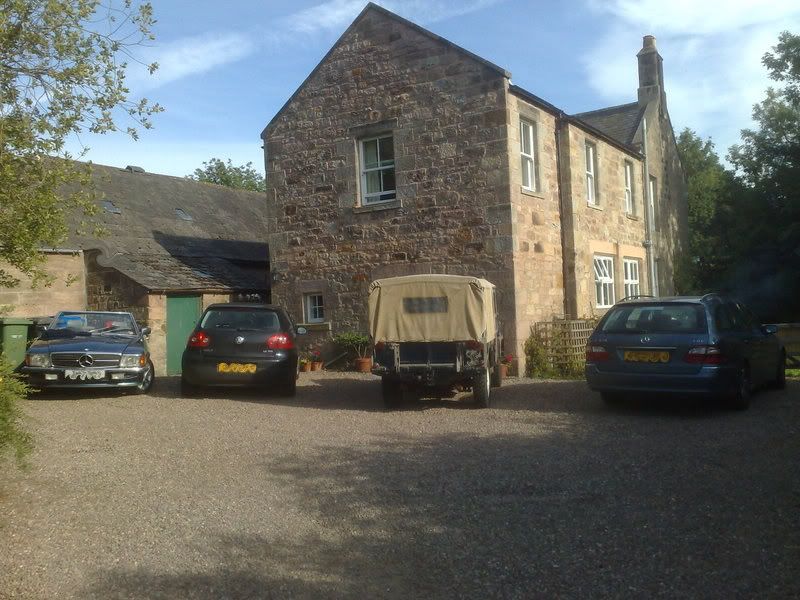That no good at all on ice and snow as you are decreasing the kg/cm2 pressure ratio. The narrower the tyre the more pressure and therefore the more traction.
ah, ha - hmm. Well, I guess you see rally cars on ice on thin tyres, but did you ever see top gear do to the north pole dropping the tyre pressures on the hilux for a greater 'footprint'
hey, ho, cant beat a bit of sliding about for a cheap thrill...


